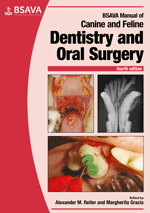
Full text loading...

This chapter looks at the management of developmental abnormalities of the hard and soft tissues of the head, including occlusion and malocclusion, abnormalities of teeth, lip and palate defects. Operative Techniques: Obtaining a full-mouth impression, bite registration and creating stone models; Fabrication of a direct inclined plane; Active orthodontic appliance with brackets, buttons or ligature wires and elastic chain.
Management of dental, oral and maxillofacial developmental disorders, Page 1 of 1
< Previous page | Next page > /docserver/preview/fulltext/10.22233/9781905319602/9781905319602.10-1.gif

Full text loading...








































































